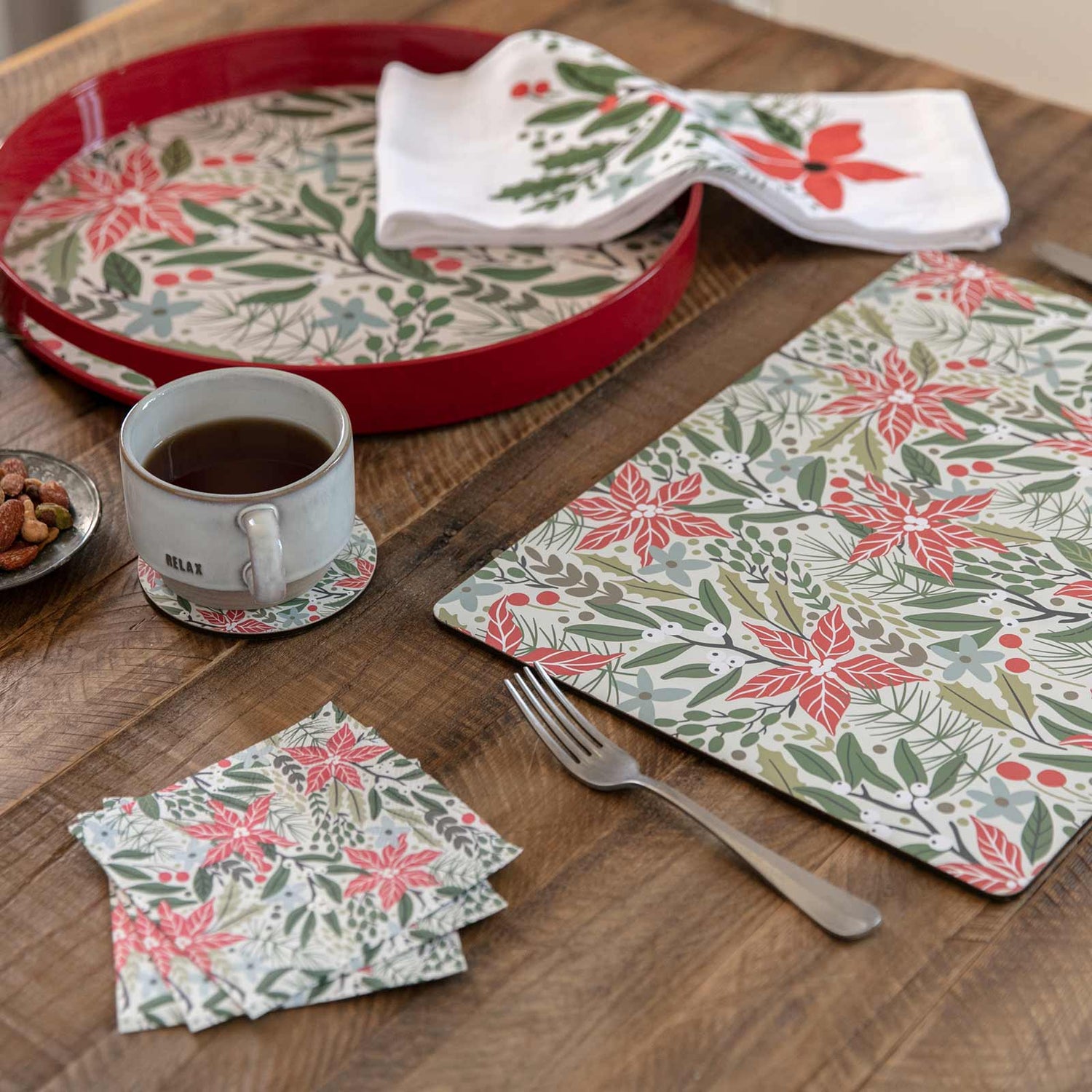The Buzz on Top News Sites
The Buzz on Top News Sites
Blog Article
The Basic Principles Of Unique Art
Table of ContentsSome Of Unique ArtThe 5-Minute Rule for Unique ArtEverything about Unique ArtThe Ultimate Guide To Unique ArtEverything about Unique Art
While one could discuss which art type holds precedence, the reality continues to be that each of these seven types supplies a special home window into human background, society, and evolution. Unique Art. They are the tapestries that chronicle our journey, advising us of our past while inspiring visions for the future
3 Emil DervishIn this entranceway by Emil Dervish that lovely cobalt blue door swipes the program. To bring much more dramatization, he extended the paint. to the doorframe and the wall up, ending up in an arched shape (Unique Art). The contours, in addition to a spherical sconce, soften the sides. Structures vintage posters and maps of beloved locations established the scene.
The smart Trick of Unique Art That Nobody is Discussing
8 TRIA GIOVANEqual parts grand and laidback, this entrance hall developed by Anthony Baratta is the best blueprint to adhere to if you're decorating an official entry that still really feels unfussy and comfy. Formed textiles take spotlight (see the carpetings and the couch), but they likewise help bring the high ceilings down to a human scale when hung over wallpaper.
18 Heidi Caillier DesignA gallery wall doesn't need to take up the entire room. As a matter of fact, often a little one can make a bigger style statement. In this living-room, Hiedi Caillier opted for micro-mini frameworks and an arbitrary structure. Ad - Continue Reading Below19 Stephen Kent JohnsonDesigner Juan Carretero chose a deep environment-friendly paint shade to comparison with the light timber coatings.
The aspects of this languageits forms, lines, colours, tones, and texturesare made use of in different ways to produce experiences of quantity, area, motion, and light on a level surface. These components are incorporated into expressive patterns in order to represent genuine or supernatural sensations, to translate a narrative style, or to develop completely abstract visual connections.
Later on the idea of the "fine musician" developed in Asia and Renaissance Europe. Throughout the 19th century painters in Western societies began to lose their social placement and protected patronage.
The Single Strategy To Use For Unique Art
Others gained an earnings with visiting exhibitions of their work. The need to appeal to a market had replaced the similar (if much less impersonal) demands of patronage, and its impact on the art itself was probably comparable. Typically, musicians in the 20th century can get to a target market just through commercial galleries and public museums, although their work may have been occasionally recreated in art periodicals.

Don't copy the design of other musicians if you're looking for your design. Copying other individuals's artwork can be excellent in academic purposes but it will certainly not make you closer to locating your very own unique design. Your creative design needs to be, what you like and what motivates you.
The Main Principles Of Unique Art
I would think about your own design as a style you paint in naturally, when you release all thoughts and regulations and just concentrate on paint, not considering it. The design has to come normally to you when you are unwinded and you can't require it or it won't be your very own design, simply somebody else's.
You need to try great deals of various alternatives and explore whatever prior to you can concentrate on one particular style or you'll be bored, or worse, you'll dislike your own style. I recommend you to try every single subject that you're interested in, check out as much as you can. Try different tools that delight you and new methods you've never tried before.
With time you'll have the ability to arrange all of them into your favored and least preferred classifications. Attempt to concentrate your attention on the subjects and tools that you like and before you see it coming you'll have your own individual and distinct design, like no person else have! In the end you'll have a few favorite topics to repaint and perhaps see a couple of favorite tools.
What Does Unique Art Mean?
The design needs to create itself over time with a great deal of technique and experiments. Thanks for reviewing this article and if you have any type of questions leave them in the remarks below, I would certainly more than happy to answer these.
Report this page